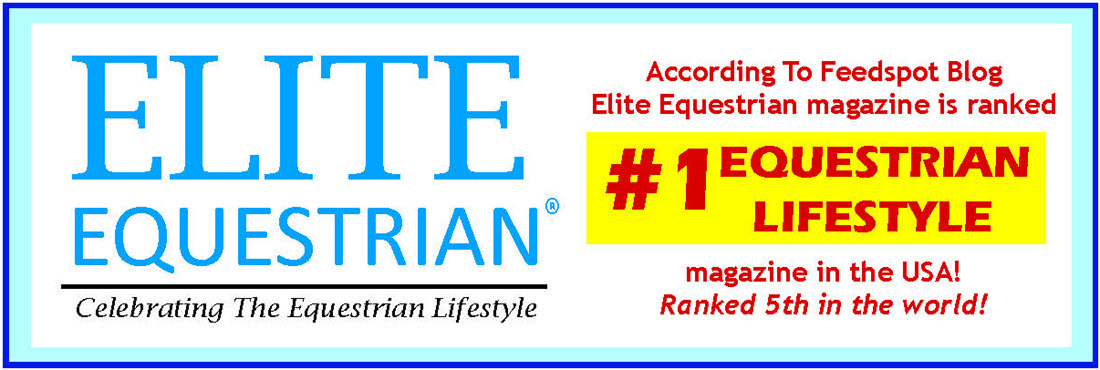DIRK HAMBLOCH: EQUINE MANUAL THERAPIST
I am a dressage trainer and equine manual therapist from Germany. I would like to tell you a little bit about my background and story.
My initial training was in Classical Dressage, and after completing my training in Germany as a Professional Rider, I opened my own training business. During these years I decided I wanted to move more towards helping the horse instead of forcing it to do something. Classical training involves teaching the horse without the use of force and strength, however invariably along the way you see riders and trainers using their strength against the horse.
So, I took the unique opportunity to train in Equine Manual Therapy. Many horses labelled as ‘naughty’ or ‘stubborn’ or even ‘dangerous’ are simply fighting against their pain…they are, to all intents and purposes, suffering. By being able to pinpoint the areas in pain, I am able to help most horses in most cases.
The work I do is not a substitute for invasive therapies, but rather an alternative. Sometimes it is possible to heal the horse by re-aligning it rather than going into the structures themselves. That said, I often work alongside veterinarians in all types of rehab work, such as following surgery, or joint injections, even pregnancy and colic.
A Word About Training
It goes without saying that my treatments often intertwine with training. Either my own training, or someone else’s. In all cases, I first treat the horse, then we make a plan to follow regarding further treatments, training and turn-out. Sometimes we must follow a strict regime to heal the horse thoroughly.
I have found very often that a horse who gets ‘stuck’ in his training, i.e. is unable to go higher up the levels, is actually likely to be stuck in another way – either he is in pain, or simply unable to carry the weight necessary, due to weakness or underlying problems with the back, neck, or hind legs. Unfortunately the more these horses are trained and put under pressure, the worse the symptoms get.
Other times it is the rider, the saddle or even the terrain the horse is turned out in that is the culprit. I see it as my duty to the horse to search for better alternatives to keeping him healthy and sound, before resorting to more invasive options.
Read more:
DIRK HAMBLOCH – equine manual therapist



